(p. 161) These coffee places, most of which didn’t even exist ten years ago, had several virtues. They were always in convenient locations. They permitted, even welcomed, patrons to sit and talk for several hours. And they had tables for spreading out my materials and electrical outlets for plugging in my equipment. In short, they provided a four-hour office rental for the price of a three-dollar latte.
. . .
(p. 162) Starbucks and its caffeinated cousins are part of what I call the free agent infrastructure. The components of this infrastructure, which I’ll review in a moment, include copy shops, office supply superstores, bookstore cafés, overnight delivery services, executive suites, and the Internet. Like America’s system of federal highways, the free agent infrastructures form the physical foundation on which the economy operates. But unlike the federal highway system, which was planned and paid for by the government, this infrastructure emerged more or less spontaneously. Like so many other aspects of Free Agent Nation, it is self-organized. Nobody is in charge of it. That’s why it woks. It works so well, in fact, that few people realize that this collection of commercial Establishments even constitutes an infrastructure.
Source:
Pink, Daniel H. Free Agent Nation: How America’s New Independent Workers Are Transforming the Way We Live. New York: Warner Business Books, 2001.

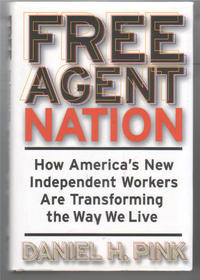
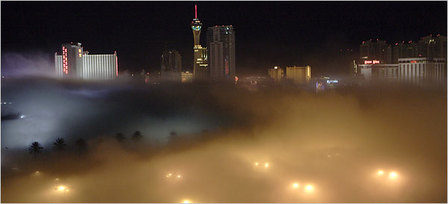



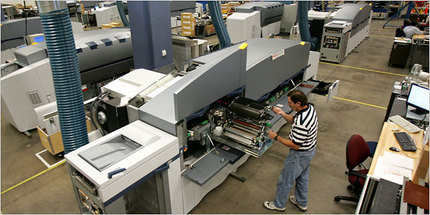
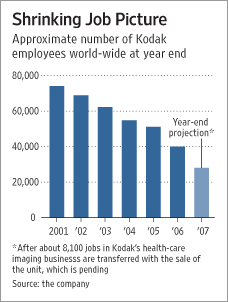

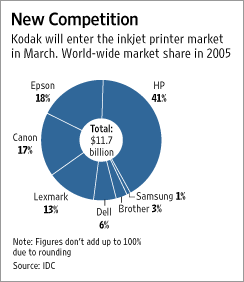 Source of the first and third graphic: the WSJ article cited above. Source of the second graphic: the NYT article cited above.
Source of the first and third graphic: the WSJ article cited above. Source of the second graphic: the NYT article cited above.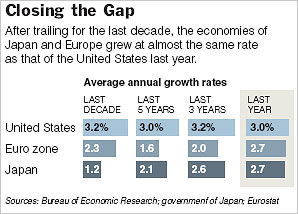 Source of graphic: online version of the NYT article cited below.
Source of graphic: online version of the NYT article cited below.